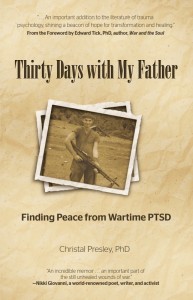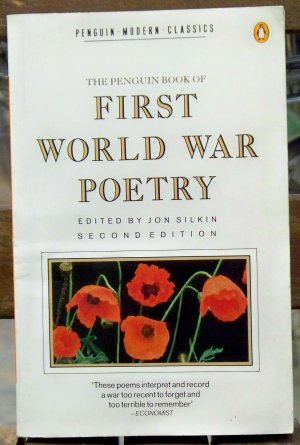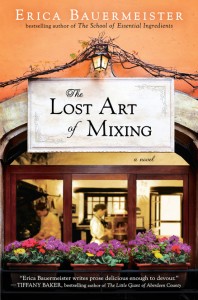
In the wooded town, most of the residents are happy knowing everyone in town and supporting causes that keep the forests protected, but developers are still in the shadows waiting to swoop in and change their way of life. While Kat is hung up on two men, she’s also trying to get her life back to normal, enrolling in college again (at least part time) and holding down her job at the sports show store in town. After running for her life in the last book, Richmond has Kat tackling more mundane obstacles, like keeping good grades and juggling her responsibilities at the store and school.
“I don’t care that it’s 8:15 on a Monday morning and that most of the other fifteen students are straining to keep their eyes open. I don’t care that the room is as drab as a prison, with cinderblock walls painted an uninspiring off-white.” (page 20)
“A ghost runner is someone who is always right behind you, pushing you, always about to pass you. Or so you think. Sometimes there is no runner. Sometimes it’s just a ghost of a runner, the idea of a runner right behind you, that keeps you at your pace.” (page 68)
The return of Kat’s father throws a monkey wrench into the situation, stirring up trouble not only between her and Alex, but also throughout the town. Richmond maintains her engaging sparse prose and her first person narration to capture her reader’s attention and engendering a connection between Kat and the reader. Kat is a 20-year-old woman who is finding that being a grown up is a bit more responsibility than she expected, even if she has been on her own for more than a year working to make ends meet and outrun her past. What’s nice about the second book is that the theme of running is continued, but not in a cliched way — it is part of Kat, it is who she is, how she clears her head, how she thinks.
The Ghost Runner by Blair Richmond is a solid second book in a trilogy. The novelist mixes environmental concerns with themes of finding your ground amidst a turbulent sea and the ghosts of the past. It’s about dealing with your responsibilities as a part of nature and as a part of a wider society, and more than that it’s about changing your own actions and behaviors to make the changes in the wider society and world you seek.
About the Author:
Blair Richmond is the pen name of a writer from the Pacific Northwest. Out of Breath and The Ghost Runner are books one and two of the Lithia Trilogy. Visit Blair’s blog for the latest on The Lithia Trilogy.
Also Reviewed:



 The title of the collection tells readers all they need to know about the topics covered, including the moral, mental, and physical slavery or servitude as well as the complete emotional absorption that can happen in relationships. As Trethewey examines works of art through a lens of racial demarcation, she also looks at daughters’ relationships with their fathers, which can sometimes be congenial and at other times turbulent. In “Knowledge,” she is looking at the dissection of a woman and the men who stand around her as the cut is made into her flesh, and Trethewey’s narrator concludes that her father was not just one type of man, but each of the men in the room — all at once contemplative, scientific, and artistic, even though at times she felt he were just one of those men.
The title of the collection tells readers all they need to know about the topics covered, including the moral, mental, and physical slavery or servitude as well as the complete emotional absorption that can happen in relationships. As Trethewey examines works of art through a lens of racial demarcation, she also looks at daughters’ relationships with their fathers, which can sometimes be congenial and at other times turbulent. In “Knowledge,” she is looking at the dissection of a woman and the men who stand around her as the cut is made into her flesh, and Trethewey’s narrator concludes that her father was not just one type of man, but each of the men in the room — all at once contemplative, scientific, and artistic, even though at times she felt he were just one of those men.



 About the Author:
About the Author:




 About the Author:
About the Author:
 About the Author:
About the Author:




